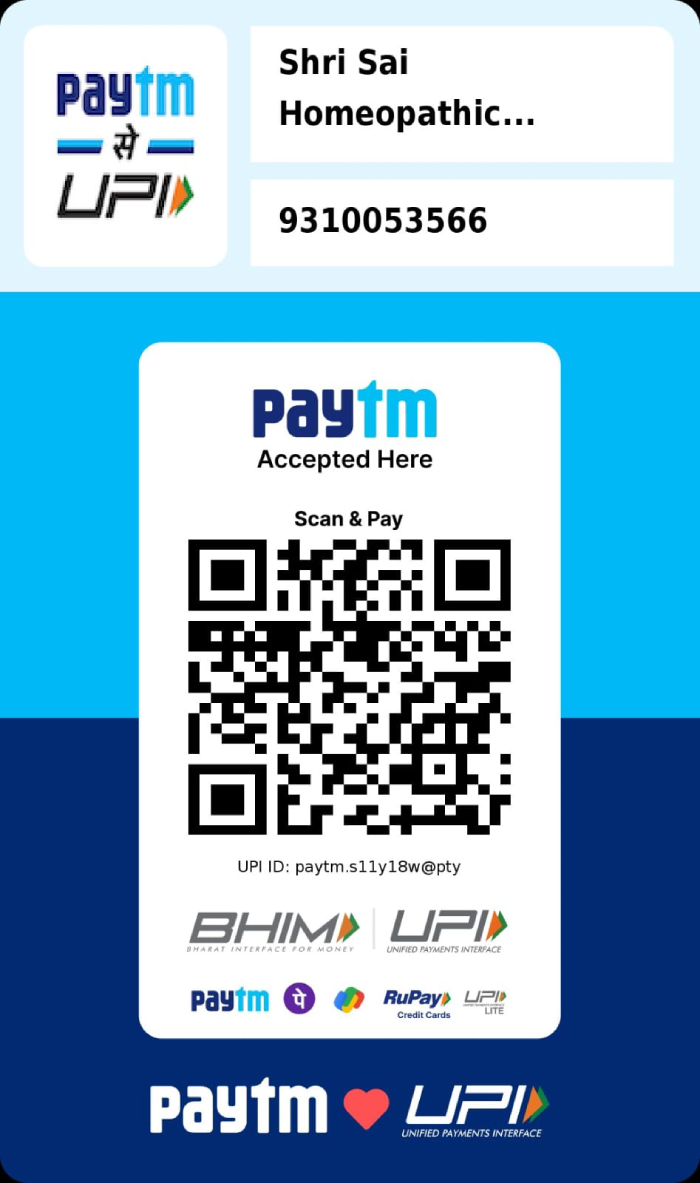- Customer Care +91 8800900271
- About Us
- Contact Us
- Sell Your Brand
- International Orders
- Disease
- Homoeopathy
- Willmar Schwabe Germany
- SBL
- REPL
- Dr. Reckeweg
- Willmar Schwabe India
- Bakson's
- Hapdco
- Lords
- Allen
- B Jain
- Adven
- Dr. Wellmans
- Indo German
- Medisynth
- Wheezal
- Adel
- HSL
- New Life
- Bioforce
- JVS
- Hahnemann Laboratory (HL) Calcutta
- Bios Laboratory (BL)
- Parul Homoeo Laboratories (PHL)
- Allen Calcutta
- Bhandari
- Dr. Bhargava
- PHBL
- SSL
- Dr Vijay's
- Natcure
- Kent Pharmaceuticals
- Similia
- Ralson
- St. George
- SHL
- Burnette's Homoeopathy
- Purusottam Homeo Bikas Laboratory (PHBL)
- Father Muller Pharmaceuicals
- National Homoeo Laboratory
- EL Dr. Lal Singh Expertise
- Ayurveda
- Unani
- Health & Fitness
- Books
- Veterinary
- Online Consultation
- International Orders

Login Account

Chandipura Virus: A Detailed Overview of Symptoms, Spread, and Prevention

- By: Dr Plakshi Ahuja
- Profession: BHMS, DNHE, MD (SCHOLAR)
- Category: Homoeopathy
- Jul 23, 2024
Chandipura Virus (CHPV) is a member of Vesiculovirus genus of Rhabdoviridae family known to cause sporadic cases, especially during the monsoon season. The Rhabdoviridae family also includes Rabies Viruses.
- It is transmitted by vectors such as Phlebotomine Sandflies and Ticks.
- The disease affects mostly children under 15 years of age and can be present with a febrile
- This virus is named after the town of Chandipura in Maharashtra where it was first identified in 1965.
In recent years, Chandipura virus outbreaks have been a serious concern in India:
- 2003: In Andhra Pradesh and Maharashtra, 329 children tested positive for the virus, with 189 fatalities.
- 2009: 52 cases were reported, resulting in 15 deaths.
- 2010: 50 cases were confirmed, leading to 16 deaths,
- 2010 (Gujarat): An outbreak in Kheda, Vadodara and Panchmahal districts claimed 17 Deaths.
- 2014 and 2016: Sporadic cases were reported in Gujarat including fatalities in Ahmedabad.
- 2019: A death was recorded in Bhayli village, Vadodara.
- 2024 (July): Suspected outbreak in Sabarkantha District, Gujarat, particularly affecting children, has raised significant public health concerns.
Chandipura Virus Spread & Transmission
- Mosquito Bites: It is Primarily transmitted by through mosquito bites, as mosquitoes carry and spread the virus.
- Animal Reservoirs: Wildlife such as bats or rodents, may act as reservoirs for the virus, potentially contributing to its spread.
- Direct Contact: Transmission can also occur through direct contact with infected bodily fluids, though this is not common.
- Contaminated Water: Rarely the virus may spread through water sources which are contaminated with the virus.
- Environmental Factors: Standing water and poor sanitation can increase mosquito breeding sites, increasing the risk of virus transmission.
Chandipura Virus Symptom
- Fever: A high fever above 102°F is often the first sign of Chandipura virus infection, typically starting suddenly and is quite intense.
- Headache: Severe throbbing or persistent headaches may accompany the fever.
- Encephalitis: This virus can cause inflammation of the brain, leading to confusion, drowsiness, or severe neurological symptoms.
- Vomiting: Frequent vomiting and Diarrhoea, which can exacerbate dehydration and discomfort.
- Seizures: In more severe cases, convulsions or seizures might occur, indicating a serious level of infection.
- Others: Delirium in 24 to 48 hours. Malfunction of internal organs such as liver.
Chandipura Virus Diagnosis & Tests
- Clinical Assessment: A thorough evaluation of symptoms such as fever and neurological signs helps in initial diagnosis.
- Laboratory Tests: Specific tests, including RT-PCR, are essential to confirm the presence of Chandipura virus.
- Virus Identification: Molecular diagnostics like CHPV-specific one-step RT-PCR detect virus presence in CSF and sera during acute illness phases, showing high specificity and sensitivity.
- Serological Analysis: Serological assays, such as IgM capture ELISA and micro-neutralization ELISA, detect antibodies effectively
Chandipura Virus Preventive Measures
- Mosquito Control: Implement measures to reduce mosquito populations such as using insect repellents and eliminating standing water.
- Protective Clothing: Wear long-sleeved shirts and pants to minimize mosquito bites, especially in endemic areas.
- Vaccination: While there is no specific vaccine for Chandipura virus
- Improved Sanitation: Maintain clean environments and proper waste disposal to reduce mosquito breeding sites.
- Public Awareness: Educate communities about the risks and prevention strategies to reduce the incidence of Chandipura virus.
Subscribe Now
Get the Latest Updates Blog
Popular Blog

Homeopathy Medicine for Vitamins & Minerals to Support Stronger Bones and Better Health

Homeopathy Medicine for Polycystic Ovarian Disease PCOD is a Natural Approach to Hormonal Balance

Managing Chronic Kidney Disease Naturally with Homeopathy

R89 Homeopathic Medicine A Natural Solution for Hair and Scalp Problems
 Click here to Pay
Click here to Pay

Please send the screenshot at 880 090 0271
